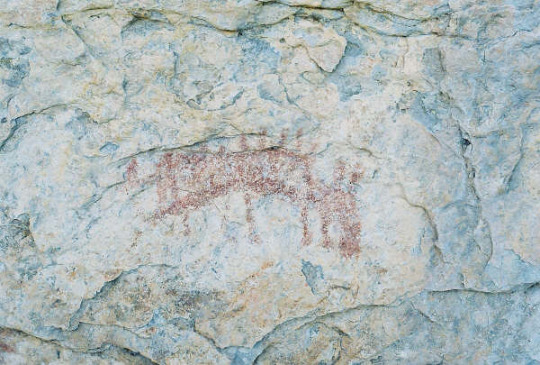#pictographs
Text
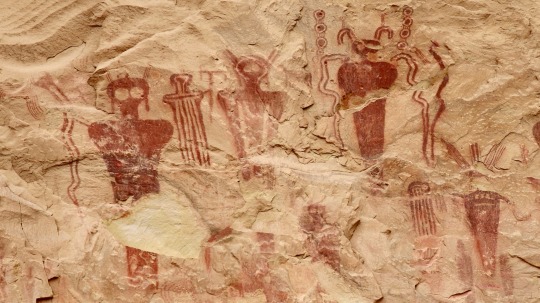


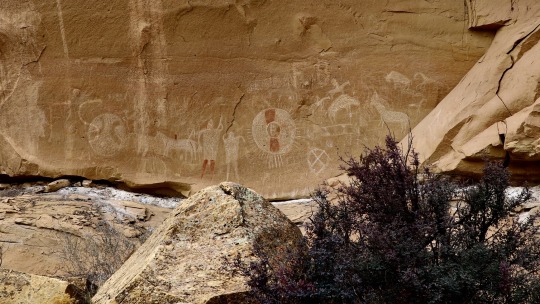
#Ute#Fremont#barrier style#pictographs#petroglyphs#American Indian#art#history#archaeology#adventure#travel#my photo#desert#southwest#utah#photography#aesthetic#sego canyon rock art interpretive site#aka#Thompson wash rock art district
108 notes
·
View notes
Text
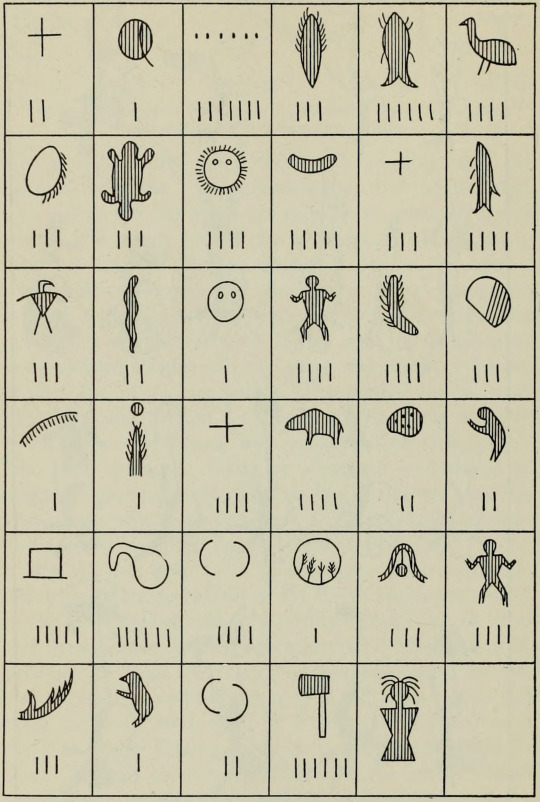
Census roll of indigenous people living at Mille Lac, Minnesota. A history of the art of writing. 1920.
Internet Archive
#census roll#indigenous art#native american art#grid#chart#writing#pictographs#counting#nemfrog#1920#1920s
498 notes
·
View notes
Text
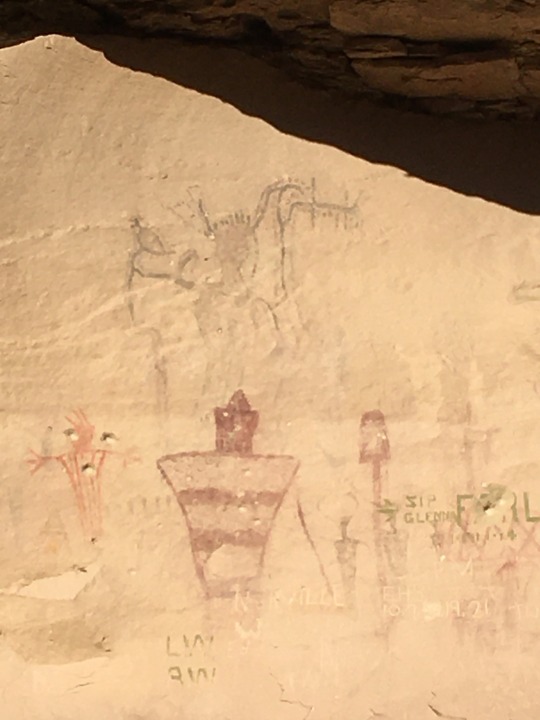
Pictographs in Sego Canyon, Utah. March 19th, 2024.
#photographers on tumblr#utahunfiltered#pictographs#rock art#fremont#utah#utahphotographer#utah photos#desert#no filter#archeology#anthropology
16 notes
·
View notes
Photo
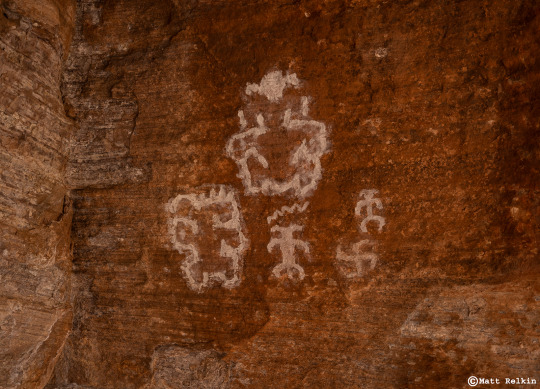
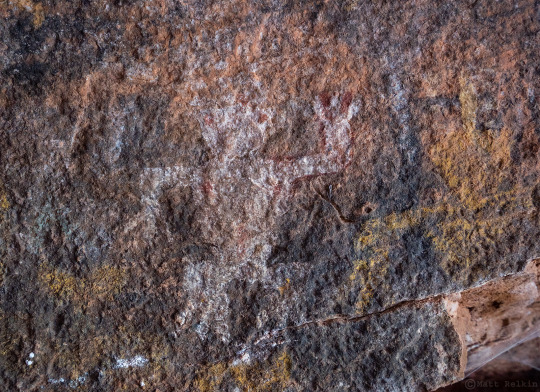

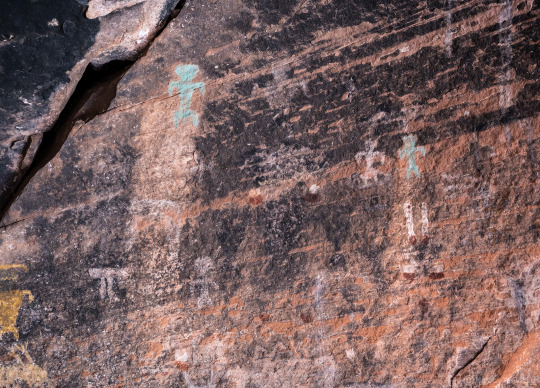
BC Site PART 2, UT. Some more Cave Valley Style glyphs from this excellent site. I especially like these reverse anthropomorphs in Slide 1. I’ve read this particular panel as being interpreted to depict childbirth, adding to the theory of this being a fertility site. This is also one of those rare locations that displays blue pictographs, possibly made from malachite or azurite.
78 notes
·
View notes
Text
Puerto Rican Rock Art, Part 2
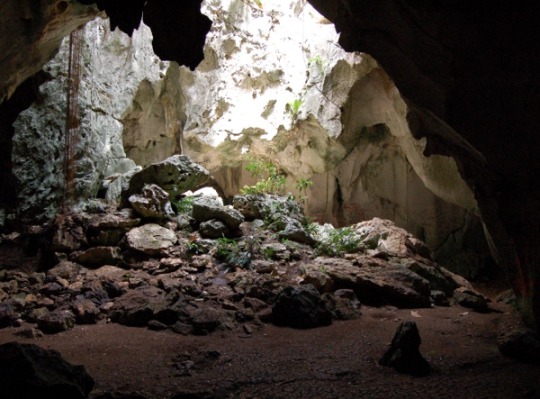
Hello and welcome to part 2 of my Puerto Rican Rock Art project! I will mostly be talking about Cueva Lucero (pictured above). I may mention other caves as well, just because there aren't many papers written about this specific cave. There are many others since about 81% of rock art found on the island is found in caves (Dubelaar 1994). I imagine it's just easier to talk about all the caves as a whole since they were all used similarly.
Cueva Lucero can be found in Juana Diaz in Puerto Rico. (Not from references).

However, due to fears of vandalism, the cave's exact location isn't listed in the National Register of Historic Places. In this same form, Cueva Lucero is deemed as important due to all the art found in it, this art shows us a part of the past we could have never seen without it. It is thought to be a place of religion or as a ceremonial site (Rodriguez et al, 2008). This cave was used around 600-1500 C.E., and represents mostly pre-Hispanic times and contains around 100 rock art images. That makes itself one of the best examples of pictographs in Puerto Rico (Rodriguez et al, 2008). While it has plenty of pictographs, it has petroglyphs as well.
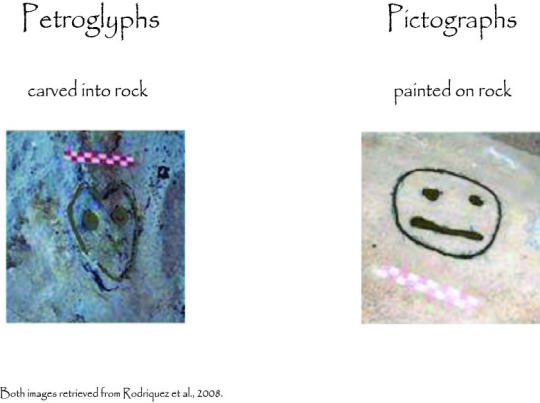
The difference between petroglyphs and pictographs are that one is painted, and one is carved imagery. I included an example above.
There are three different types of landscapes that both these styles show up in:
A. Caves and rock shelters on the coast, created by the waves.
B. Caves and rock shelters found in the mountains.
C. Riverbanks and riverbeds.
As well, Puerto Rico has an extra type:
D. The petroglyphs found in Puerto Nuevo. They are engraved in flat sandstone ledge that run parallel to the coast (Dublelaar 1994). Pictured below.
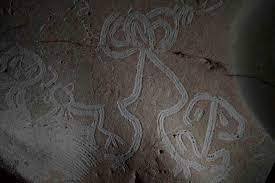

Rock paintings found in Puerto Rico can be monochrome, bichrome and polychrome (Dubelaar 1994). They also can be found in a couple colors as well. Red, white, orange and black were most commonly used (Hayward et. al., 2009).
Cueva Lucero falls under type B, has most, if not, only monochrome paintings. Most are painted using the color black.



Here, you also see a lot of circles being used in their art. Obviously, using circles so much does suggest that the shape has importance for the community (Fewkes 1903). It can be seen as a sign of unity, which, is found in many other indigenous communities. Here are some examples of circle art found in Cueva Lucero.
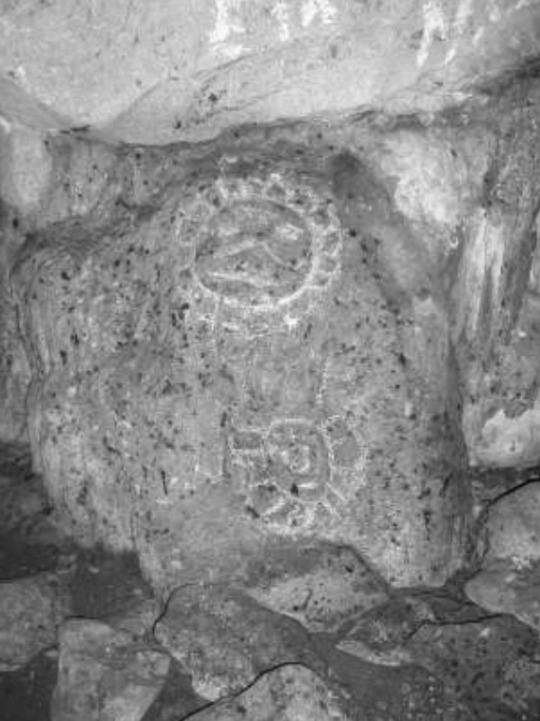




Lots of circles.

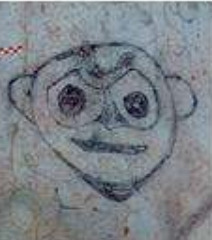
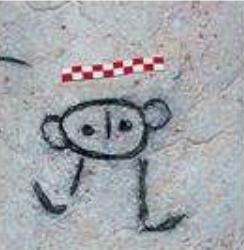
That is about it for this cave. Cueva Lucero holds valuable knowledge about the past. Without it, the other caves, we wouldn't have been able to obtain as much knowledge from our Taino ancestors as we do now. This goes to show, these old paintings and carvings, sites we find on the island (sites where people lived, hunting sites), are vital to understanding our history.
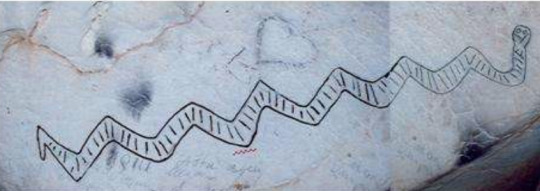
All photos (unless otherwise stated) are pictures from Cueva Lucero. All but the very first photo are from Rodriguez et al. 2008.
My references:
Dubelaar, C. N. 1994. Prehistoric rock art in Puerto Rico. Latin American Indian Literatures Journal, 10(1): 78–82.
Fewkes, J. Walter. “Prehistoric Porto Rican Pictographs.” American Anthropologist 5, no. 3 (1903): 441–67. http://www.jstor.org/stable/659123.
Hayward, M. H., Roe, P. G., Cinquino, M. A., Alvarado Zayas, P. A. and Wild, K. S. 2009. “Rock art of Puerto Rico and the Virgin Islands”. In Rock Art of the Caribbean, Edited by: Hayward, M. H., Atkinson, L. G. and Cinquino, M. A. 115–136. Tuscaloosa: University of Alabama Press.
Lace, Michael J. “Anthropogenic Use, Modification, and Preservation of Coastal Cave Resources in Puerto Rico.” The Journal of Island and Coastal Archaeology, vol. 7, no. 3, 2012, pp. 378–403., https://doi.org/10.1080/15564894.2012.729011.
Rodriguez, Yasha N. and Pedro Alvarado Zayas. 2008. "Cueva Lucero." National Register of Historic Places Registration Form. On file at Puerto Rico State Historic Preservation Office at San Juan, Puerto Rico.
Rouse, I. 1992. The Tainos: Rise and Decline of the People Who Greeted Columbus, New Haven: Yale University.
#archaeology#anthropology#cave#cave art#cave paintings#art#rock art#taino#indigenous peoples#pictographs#petroglyphs#colonialism#colonialization#university#school project#blog#puerto rico#grug#monochrome#mountain#caribbean#circles#frog#bird#references#little guys
29 notes
·
View notes
Text
I’m at a rock art symposium right now, so I want to remind everyone how to treat rock art.
First, what is rock art? Rock art are carved or painted images or symbols on rock faces. They are part of the landscape. For many people creating rock art, it is a sacred site and experience. From an archaeological perspective, rock art is invaluable. Rock art is created to convey a message using symbolism that is often lost. Imagine viewing the Sistine chapel without knowing anything about Catholicism. There was something being said, but it takes a lot of effort to understand it, but it still tells archaeologist a lot about the people.
So, if you go to a rock art site remember to not touch. Not with your fingers or paper or pen. There may be residue that can be sampled to teach us more and your interactions could contaminate it. Worse, the oil in your skin can degrade the rock art.
Second, if you take pictures do not post them to social media unless they are a public site (for example an interpretive site by the blm in the us with a trail and placards). Your pictures include meta data, like your location, or horizon lines that can be used to identify the location of the rock art, putting it in jeopardy.
Third, leave no trace. Do not dig around the art, don’t take any artifacts, and do not graffiti. This is a sacred site. You would get in trouble for carving your name into the Vatican.
Finally, notify the appropriate authorities if it is unmarked. For the US, that will probably be a national park, national monument, the blm, or the forest service. If you live in a country where you are concerned that reporting the rock art will endanger it, please continue to keep it secret. If you notify authorities, feel free to report vandalism. It is important to note the changes in the rock art condition over time. If you are ever in doubt about who to contact, university anthropology programs will be happy to help.
Rock art is important to me. I don’t have any that I can point to and say “that’s my ancestor”, but it brings me a lot of joy to study them. Please help protect them by spreading this message.
103 notes
·
View notes
Text


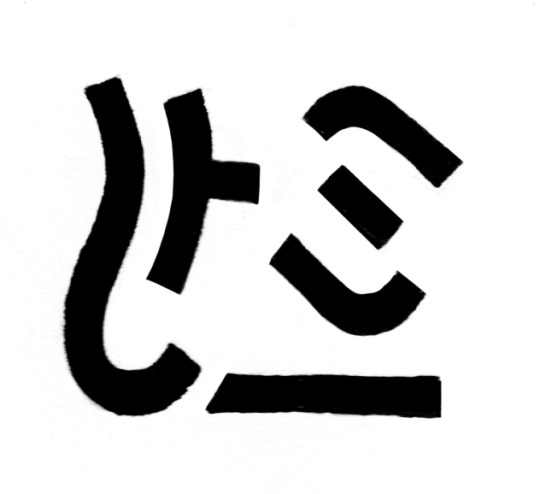
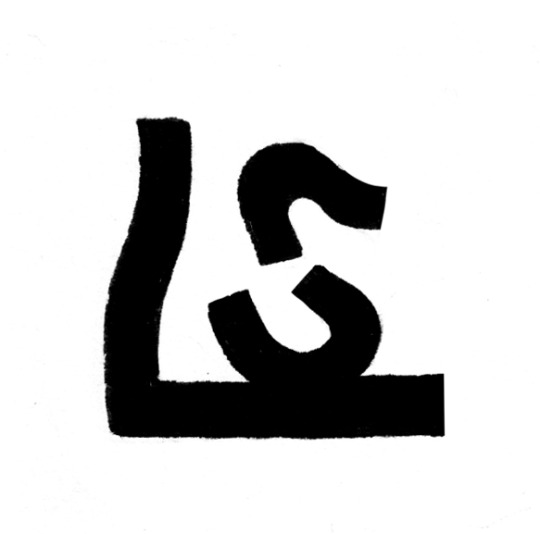

Identification Glyphs
45 notes
·
View notes
Photo

Deer hunting is nothing new! Deer have long been a staple resource for Indigenous peoples living in the Upper Midwest, providing not only food but also hides, sinews, and bones and antler used for making a variety of tools. Deer bones and antler pieces are common at archaeological sites in the region, and many are fragmented and show cut marks from processing. Others have wear, polish, or other indications of modification and use as tools. It's rare, however, to see actual depictions of deer hunting long ago. These rock art panels at Tainter cave in southwestern Wisconsin show deer, like the running does on the left, as well as bow hunters like the one on the right. These figures were in the “dark zone” of the cave, out of the reach of daylight.
Information on Tainter Cave can be found at: https://www.uwlax.edu/mvac/past-cultures/specific-sites/site-snippets/?letter=t&term=127523
22 notes
·
View notes
Text
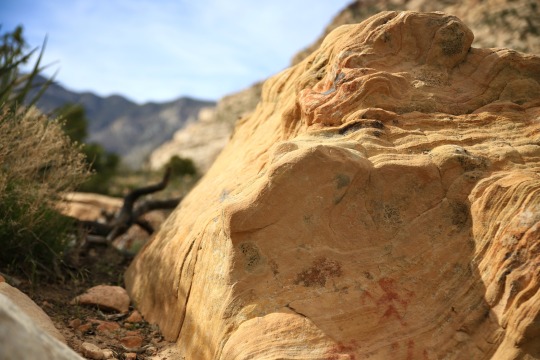


#petroglyphs#pictographs#red rock canyon#nevada#las Vegas#adventure#travel#my photo#southwest#desert#mountains#nature#aesthetic#photography
80 notes
·
View notes
Text

Chart people. Composicion social. Ministry of Agriculture, Cuba. 1949.
Rumsey
76 notes
·
View notes
Text

Pictographs at the LP panel, Emery County. November 24, 2022.
#pictographs#utah#archeology#anthropology#barrier canyon#anasazi#fremont#ancestral puebloans#no filter#utah photos#desert#public lands#emery county#utahunfiltered
229 notes
·
View notes
Photo




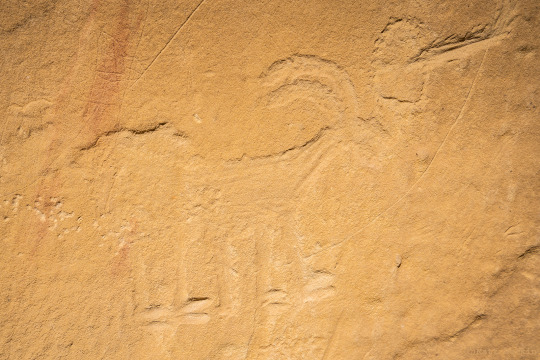
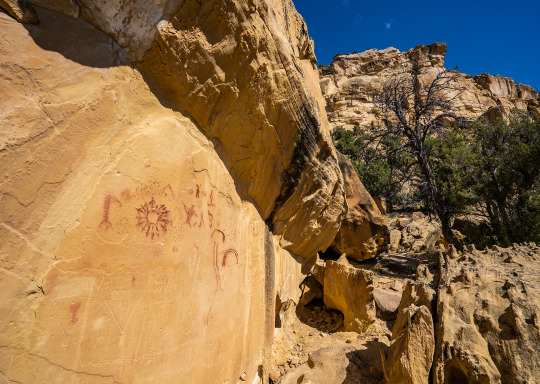

COF Site, UT. An iconic Utah panel, oftentimes considered to be Barrier Canyon Style, making this possibly 4000+ years old. I’m not so sure about that categorization, based on the figure holding a flute to the left of the main circular image (Slide 2) and the figure with what looks like an atlatl (Slide 3). Most BCS art I’ve seen hasn’t shown these types of figures, and I think they look more akin to Fremont imagery, dating them at 2,000 years old or less. Just a reminder: I’m not an expert. These are guesses based on my limited knowledge of rock art.
The main image is a circle of 17 figures of varying size with hands joined, surrounded by three groupings of finger prints. This could represent a family unit, or be more symbolic of a larger group of people. There are other images scratched and pecked onto the wall, but most of them look to have been done after the pictographs, with the typical bullet holes and historic inscriptions (one from 1914) making an appearance as well.
117 notes
·
View notes
Text
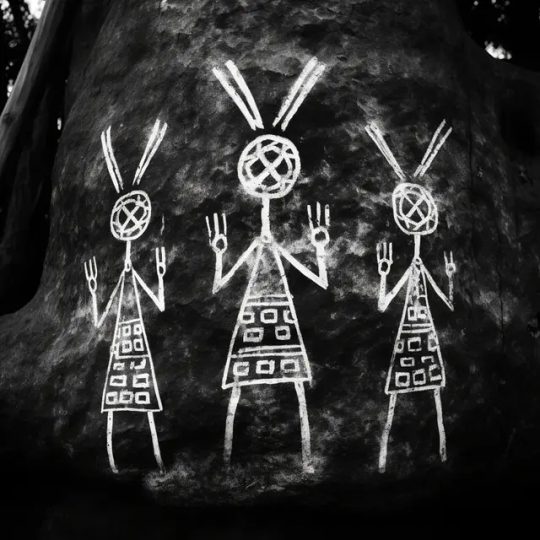

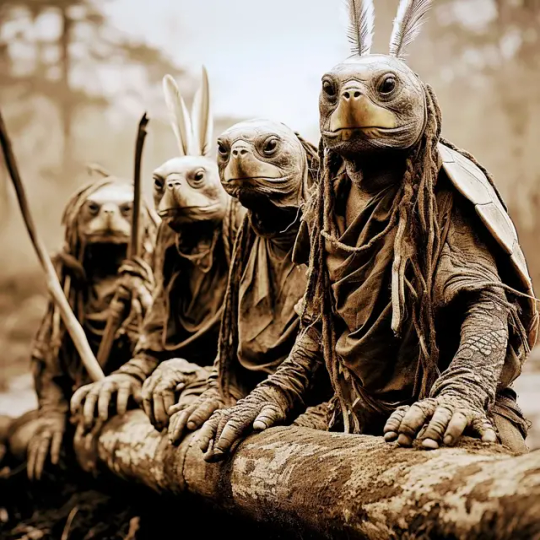


More Than Just Scent Marks.
Evidence of Hare cultures can be found throughout ages, across biomes, and within the traditions of the unlikeliest of critters.
No matter your nation, Hares have come closer than you think! And their influence runs further than you could imagine...
Visit frogiverse.com for more
#archaeology#educational#history#artifacts#fantasy#worldbuilding#culture#ancient artifacts#frogs#nature#archaeology news#history news#history memes#anthropology memes#pictographs#historical photos#turtles#tortoises#stoner#stones#pictograph#petroglyphs#glyphs
4 notes
·
View notes
Text
The Enchanted Valley in Chile contains a curious collection of rock art depicting figures which have puzzled experts for decades. Are they part of a lithic library recording visits by ancient aliens to Earth?
#rock art#petroglyphs#pictographs#Chile#aliens#extraterrestrials#cup marks#ancient aliens#pseudohistory#pseudoarchaeology#pseudoscience
27 notes
·
View notes
